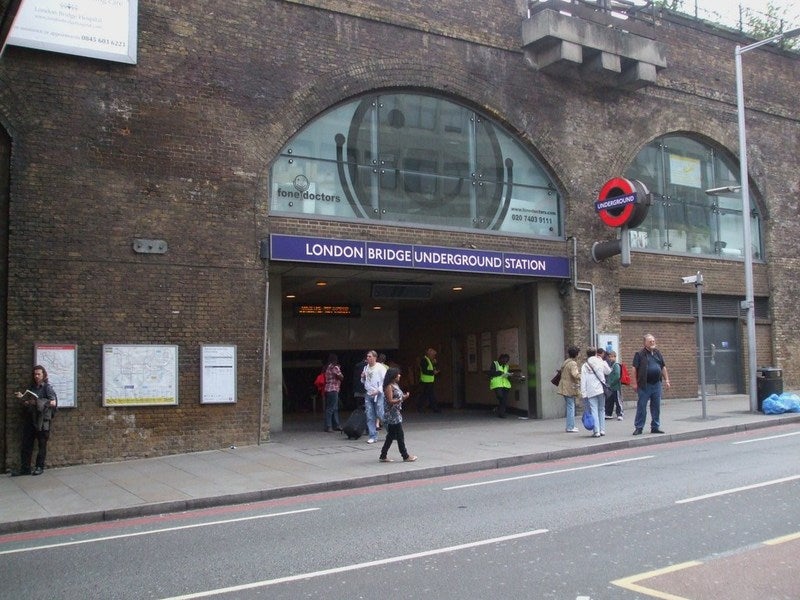
Engineering technology start-up Enable My Team (EMT) is set to test a new disruptive technology designed to predict train track, signalling equipment or other associated device failures beforehand.
The system, which is currently under development, utilises augmented reality (AR) through a smartphone or a Head Mounted Display (HMD) to identify structural faults or potential component failures in real time to facilitate repair work.
The University of the West of England (UWE Bristol) and smart engineering solutions company Costain are also part of the project.
Under the project, a network of internet of things (IoT) sensors will be installed at London Bridge Station this year to test the technology.
These sensors will procure data on tracks and other station facilities. The data will be transmitted to a software system called IoT-enabled Platform for Rail Assets Monitoring and Predictive Maintenance (i-RAMP).
Subsequently, i-RAMP will utilise artificial intelligence (AI) techniques to assess the data and predict possible failures or faults on a 3D virtual model of the station and tracks.
The IoT sensors are capable of transmitting a variety of information on railway infrastructure, including pressure on parts, humidity and temperature. Accordingly, it will enable rail operators to monitor all key components of a train network at the same time.
EMT founder and CEO Sandeep Jain said: “i-RAMP could bring reliability to the 1.7 billion annual passenger journeys on the UK railway, increasing productivity across the country.
“With machine learning and big data processing we can predict problematic vegetation, damaged structures and faulty signals, allowing repairs to be implemented before issues arise.”
The project is slated to be completed in April 2020, following which the system will undergo trials with selected customers for up to nine months.
The train track fault detection technology is planned to be rolled out in 2021.
Once deployed, it is expected to mitigate train delays and streamline rail infrastructure maintenance.



